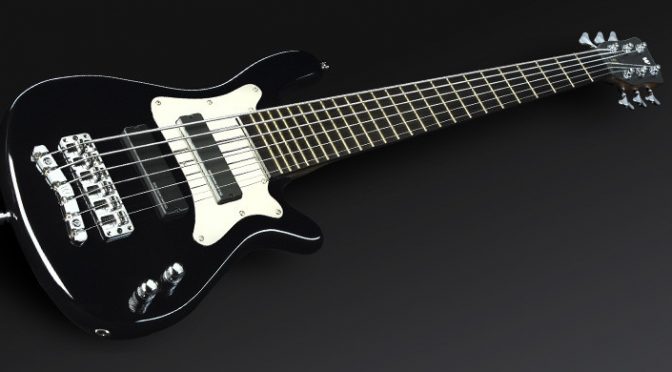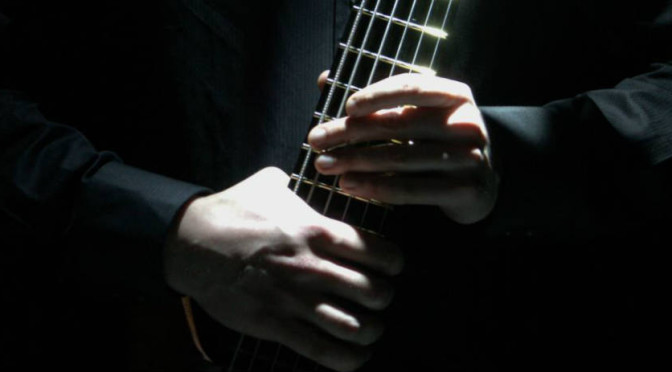Playing Charlie Parker Melodies on Solo Fretless Electric Bass – Bass Practice Diary – 3rd July 2018
This week I’m playing Charlie Parker melodies on my fretless Warwick Thumb SC 6 string bass guitar.
Charlie Parker
Charlie Parker is a pioneer of modern jazz and one of the greatest saxophonists in history. Alongside trumpeter Dizzy Gillespie he pioneered the genre called Bebop. His compositions provide a musical and technical challenge to perform on bass, especially fretless bass. But doing so will improve your technique as well as help you learn the language and phrasing of modern jazz.
The Influence of Jaco Pastorius
I first started learning Charlie Parker melodies on bass when I was in my teens after I discovered Jaco Pastorius’ debut, self titled album. Track 1 on the album was Donna Lee. The melody was played by Jaco on a fretless electric bass. Like many other bass players, hearing this was a revelation to me. He took the bass out of it’s traditional role and elevated it to the level of a jazz solo instrument. I immediately decided that I needed to try doing the same thing.
So I used a Jazz Real Book to start working out jazz bebop melodies on my bass. I didn’t start with Donna Lee. It was the concept of playing jazz melodies on bass that I wanted to emulate, not necessarily that particular tune. Although I did get around to learning Donna Lee soon enough.
The first bebop tune I learned was called Tricotism, by the legendary double bass player Ray Brown. I figured I should start with a piece that was created for bass. Having done that I then learned the tune Confirmation by Charlie Parker. You hear me play an excerpt at the end of the video.
Why Play Charlie Parker Tunes on Bass?
I suppose the simplest answer is, because I think they sound really cool. Especially on fretless bass. But there are plenty of other great reasons to try this out. First, it is fantastic for improving your left hand technique. To play these tunes on bass you need to organise your left hand extremely well. Each tune forces you to practise spreading out your fingers, playing one finger per fret positions and shifting quickly and smoothly between these positions.
If you’re not sure what I’m talking about, check out my free video lesson on Left Hand Techniques. The video begins with me playing another Charlie Parker tune called Anthropology on a 4 string bass.
How do You Start Playing Charlie Parker Tunes on the Bass?
Slowly, is always good advice. Take it one phrase at a time and work out good left hand fingerings for each phrase. It’s so important to have a well organised left hand in order to play these melodies.
If you can read music, you can start with a jazz Real Book. That’s how I started, and as I understand it, that’s how Jaco started as well. I don’t know if they had Real Books back in the 70’s but I understand that he had a book with the melodies in. You can get bass clef versions of most of the Real Books now, which is a big advantage. As a teenager I only had a treble clef Real Book and it took me a while to work out the melodies because at that time my treble clef reading was nowhere near as good as the bass clef.
Other books available include the Charlie Parker Omnibook which also comes in a bass clef version. It goes into each tune in a lot more detail than the Real Books because it includes transcriptions of both the melodies and solos. However, it’s not my favourite book because it doesn’t use key signatures. So each transcription contains hundreds of accidentals (sharps and flats) written throughout the music.
If you’re not a reader then the book to get is called Charlie Parker for Bass. It includes TAB and also features solo transcriptions, arranged for 4 string bass.








